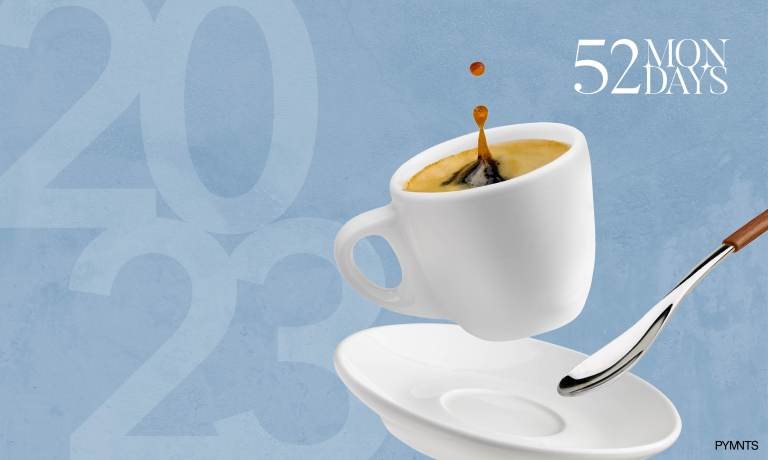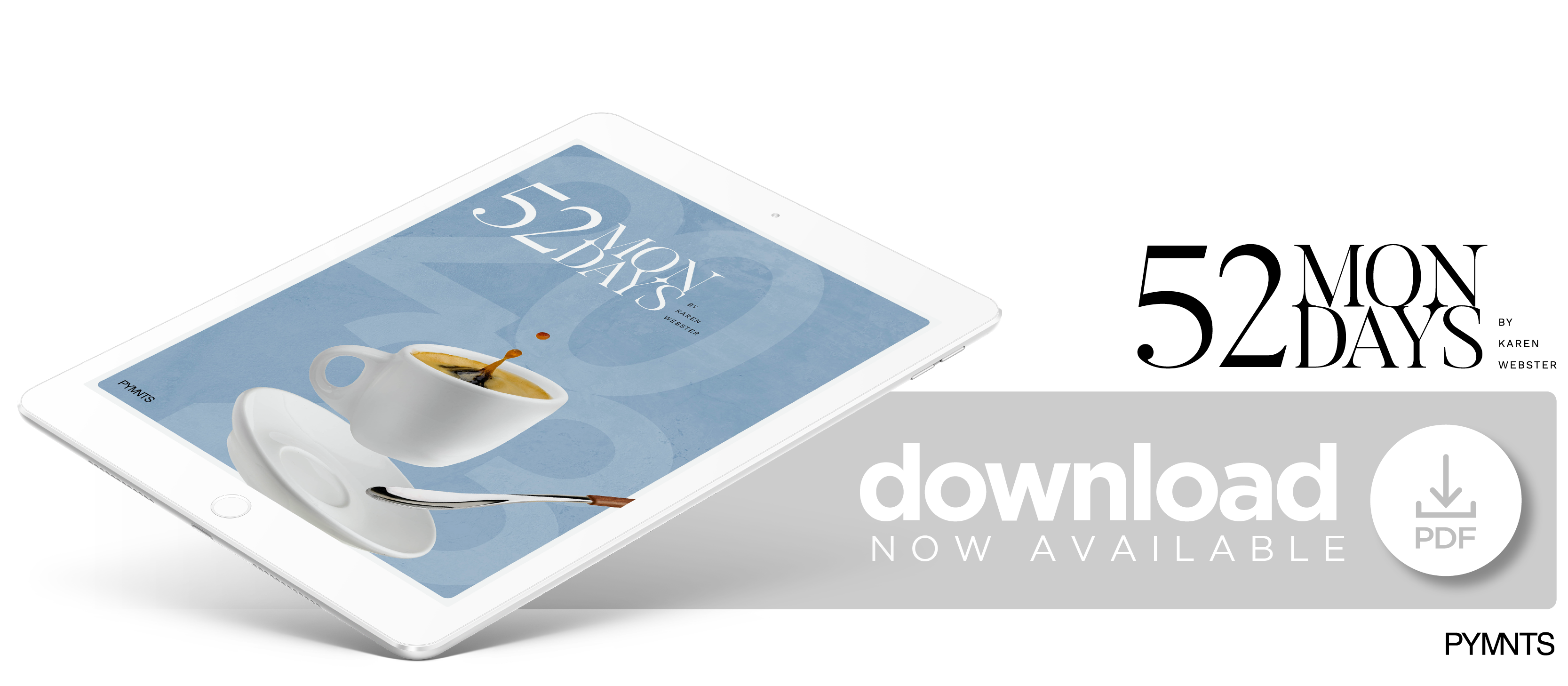52 Mondays 2023: The Year of Acronyms, AI and the Connected Everything

The traditional look back at the end of the year that was begs the question: What have we learned?
Specifically, for 2023, the question might also be: Was it all about AI?
Hardly, although you’d be forgiven for thinking that artificial intelligence was the sole byproduct of millions of companies, billions of hours and untold sums of money devoted to innovation in the payments space.
Through 23 conversations kicking off the weeks, my Mondays-as-musing-days followed a series of topics evolving in near real time, where the speed of digital trumped the speed of, well, everything else. Tests of resilience seemed to be the order of the day. The banking system was tested as bank runs were conducted online. Consumer spending was tested in the face of interest rates standing at 22-year highs.
At the beginning of the year, in January, I weighed in on the eight trends that would shape the payments and commerce landscapes. The striving to create super apps and the continued evolution of the refill economy were certainly top of mind for platforms and providers seeking recurring revenues. As for paying for it all, the dominance of the PayPals of the world was predicted — and has proven — to be enough to be headwinds to the banks’ much-ballyhooed efforts to get their own digital wallets into the mix.
As for the firmly entrenched players, in an age where eCommerce-only (the age of COVID-19) has given way to the age of omnichannel, the perennial jousting between Amazon and Walmart has been a flashpoint where consumers have been trading down, making tradeoffs across merchants, looking for the certainty of experience with a retailer across brick-and-mortar and digital settings. The monthly numbers from the government trumpeting slowing inflation may have hinted that things were not as bad as they felt, but then again, it’s the pressure on the pocketbook that’s perceived that really matters.
For a while, it seemed that Silicon Valley Bank, Signature Bank and uncertainty over deposit insurance limits would erode consumers’ full faith in the U.S. government. But that was March, and as they say, this too passed. Everyone’s attention turned to AI. ChatGPT was the subject of all chats, and it still is, depending on who’s involved in the conversation.
Instant Payments Were an Instant Conversation Starter
Instant payments? Although they’ve been on the scene since the RTP® Network became a reality six years ago, the FedNow® Service’s launch in July generated a fair share of buzz.
“Like any good competitive rivalry stimulated by a new entrant, the watercooler talk now is about how long it will take for either or both networks to reach the point where they support a large volume of transactions and use cases to drive those transactions and ignite real-time account-to-account payments in the U.S.,” I wrote in anticipation of the launch.
As 2023 neared its completion, the central bank reported that 300 financial institutions have signed on — hardly critical mass. But it’s a start.
Inflation touched 9% in mid-2022, and interest rates kept getting ratcheted higher. Small wonder, then, that chief financial officers and executives have been looking inward at the ways and means by which — as September and our joint efforts with Visa and the measure of growth corporates showed — 40% of growth corporate CFOs said they had used working capital loans and bank lines of credit as their go-to financing options but were looking for alternative sources in 2024.
And it was not just businesses examining new options. In October, I wrote in the column, “Buy Now, Pay Later Is Having Its Kleenex Moment,” that although roughly 80% of U.S. consumers have at least one credit card, with $1 trillion in credit card outstandings and more than $3.6 trillion of available credit lines to tap, there has been a conscious pivot to alternative credit.
As I wrote back then, “the payments industry has come to use the ‘Buy Now, Pay Later’ moniker as shorthand to mean any online point-of-sale credit product that divides everyday retail purchases into smaller, equal payments over a set term to pay in full for a purchase.” PYMNTS data showed that 60% of all U.S. consumers used an online point-of-sale payment option that split a retail purchase into equal installments over a set term. The typical persona is a millennial or Generation Xer earning over $100,000 living paycheck to paycheck while comfortably paying their bills.
And that might be the perfect segue into what comes next. In 2024, we’ll see whether the consumer runs out of gas or picks up steam, connected in a myriad of ways to devices and payments use cases. It’s a sure bet that payments will be faster than ever, and next year’s innovations will unspool at a dizzying pace.




